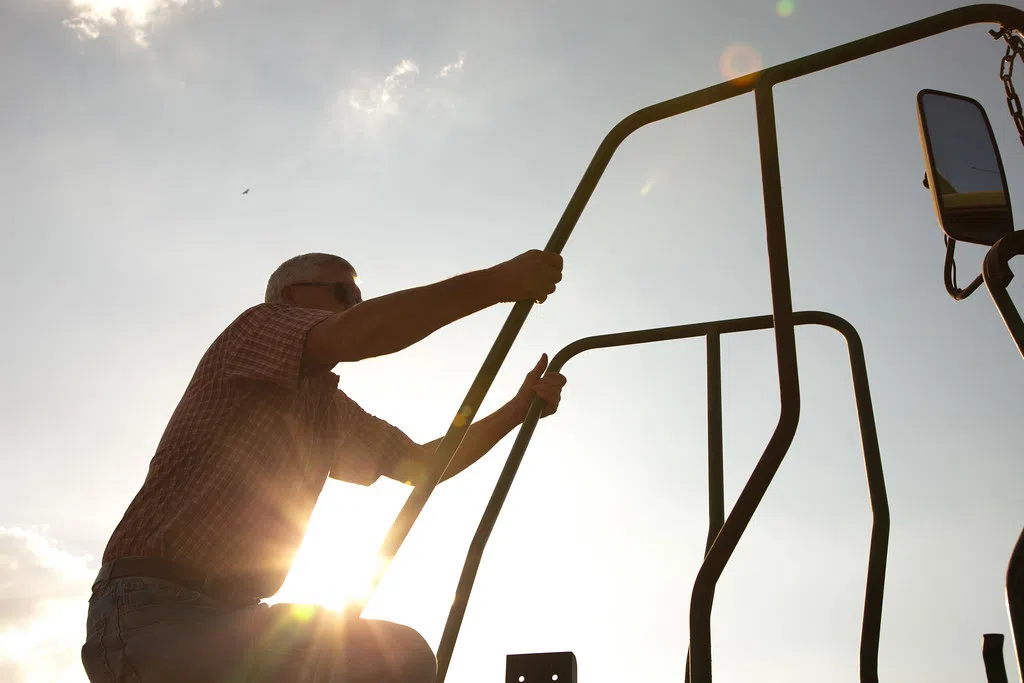The U.S. Department of Agriculture is putting new programs and initiatives in place to bring more assistance to farmers and producers who were hit hard by COVID-19 market disruptions. The new initiative, called the USDA Pandemic Assistance for Producers, will reach more producers than earlier aid programs. USDA is putting at least six billion dollars toward new programs, half of the total of 12 billion dollars in aid that’s now available. During a Zoom call with National Association of Farm Broadcasters (NAFB) farm broadcasters, U.S. Ag Secretary Tom Vilsack said the resources come from prior COVID assistance packages as well as traditional USDA programs.
“We’re focused on making sure we’re carrying out the formula payments under CFAP 1, 2, and double-A and rolling those into this more comprehensive effort. This will allow us to make payments to farmers who already received the benefits of these programs,” Vilsack went on to say, “Rules have already been written, and there’s not much administrative work to be done here so we’re in a position to make payments and begin making those payments very, very soon in April. Payments under CFAP 1 will involve payments to cattle producers. They don’t need to apply or take additional steps because it’s essentially providing additional resources.”
Rates for those producers will get published at www.farmers.gov/cfap. In April, USDA will also start paying out 20 dollars-per-acre payments to eligible crops under the CFAP 2 program. Those crops are either the “flat-rate” or “price-triggered” crops. He says USDA is making changes in the aid package to help more people get the assistance they might not have gotten in earlier aid packages.
“We’re going to make some adjustments. There was an opportunity for swine producers and contract growers in poultry to receive additional payments. The problem was the formula that was used in additional efforts created a circumstance of inequity between the size of operations, and so we’re going to try to smooth it out a bit and make sure we set up a formula that will allow for adequate resources and help to swine and contract growers,” he also brought up what they did with sales commodities, “On sales commodities, which are a wide range of products, when we calculated the base upon which your payment would be made, we didn’t allow them to take into consideration insurance they may have received, indemnity payments, NAP payments, or WHIP + payments they may have also received. We should allow them to recalculate, and reviewing this process will essentially allow them to go back in time to shore up the amount of loss they had sustained so that they get a payment that makes sense.”
USDA also said they’re using some of their existing programs to help give assistance where it’s needed the most, “We’re taking resources that come from traditional USDA programs that are specifically designed for local and regional food systems and getting them out the door in an expedited way. There are roughly 500-million dollars we’ve identified of funding from these programs that we’re going to try to expedite getting out the door quickly, which should provide help and assistance to small and mid-sized producers, specialty crop producers, and others. It’s 75-million dollars for farmers for training and outreach that’s designed primarily for socially-disadvantaged farmers to give them some additional information and training.”
The agency’s putting aside at least six billion dollars to create new programs or change up the existing proposals using funds from the Consolidated Appropriations Act and other coronavirus aid that wasn’t spent by the Trump Administration. “We don’t have the rules necessarily written because these are people, groups, and entities that have not yet received money or have not received sufficient resources from USDA, so we want to allow them to participate because they too have been affected and impacted by COVID,” Vilsack gave an example, “I’ll give you an example: the dairy donation program. We recognized during the course of COVID how difficult it was for certain commodities to donate to food assistance and the transition from foodservice to food assistance was difficult. We are creating resources under a dairy-donation program to make it a little easier to remove that disincentive for donation if we have future problems, and we learn from this experience, so we’re better prepared.”





